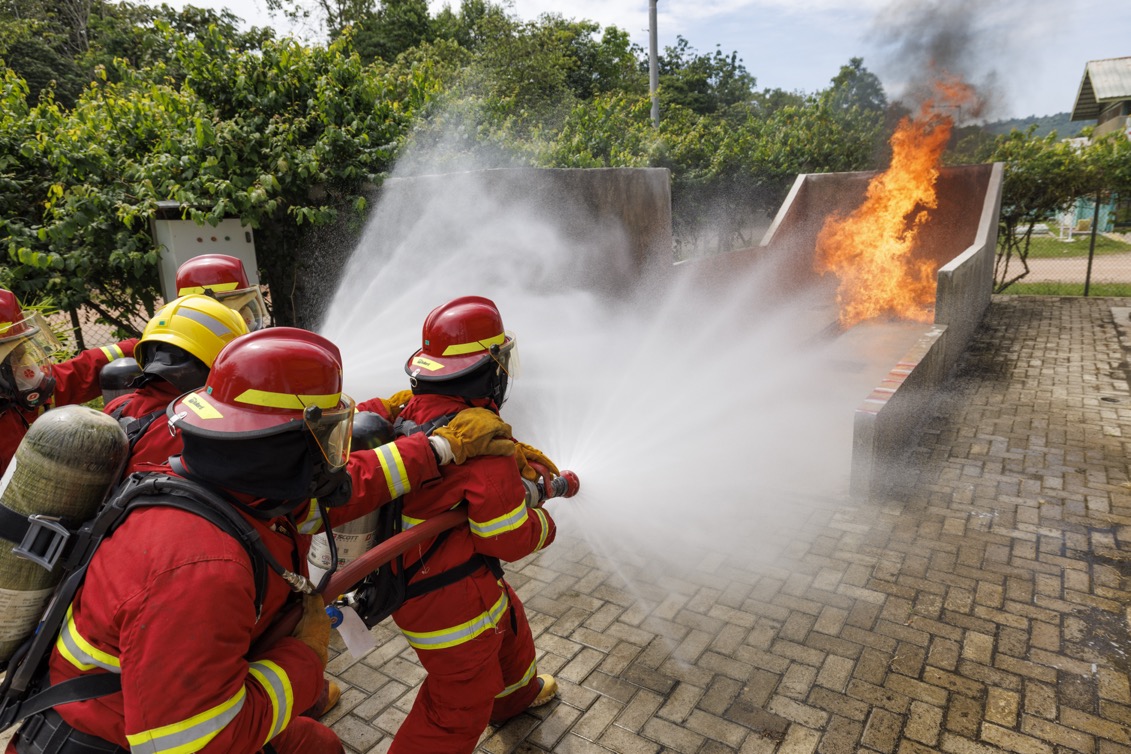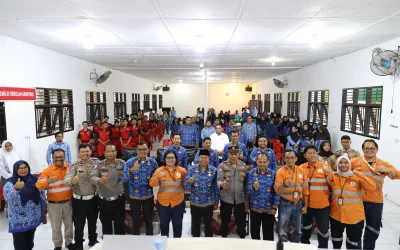The mining industry is rife with safety, from occupational disease risks to the risk of sever
e injury or even death. This creates a considerable cause for concern for both workers and mining employers alike. That’s why safety in the mining industry is of the utmost importance.
Standard practices in mining continue to evolve to protect the safety and health of workers. These standards and practices include:
- Establishing accountability for health and safety management and performance
- Providing appropriate guidelines for health and safety and communicating them effectively to employees, contractors and visitors
- Providing appropriate training for employees to help prevent accidents
- Establishing a clear procedure for hazard identification and risk assessment
- Regularly monitoring and reporting health and safety performance
Appropriate training for all mine workers is a hugely important part of keeping mines and operations safe. When only a few people are cognizant of safety rules, it can be very difficult to keep track of safe mining and working conditions. However, if each worker at an operation knows what to look for, unsafe and unhealthy working conditions can be spotted and addressed much more quickly. This is part of the reason the Mine Safety and Health Administration (MSHA) requires that each U.S. operation have a miner training plan that must include:
- 40 hours of basic safety and health training for new miners with no underground mining experience (BEFORE they start working underground)
- 24 hours of basic safety and health training for new miners with no surface mining experience (BEFORE they start mining)
- 8 hours of refresher safety and health training for all miners every year
- safety and health task training for miners assigned new tasks
This extra time spent on training, making sure equipment is safe, and going through all the safety motions for each operation step is nothing compared to being completely shut down when dealing with a disaster, or general lost-time due to injury. Bottom line, With compliance, there are several benefits for employers and workers, some of which include:
- Incident Prevention: Long-term health complications, injuries, illness and death as a result of workplace hazards and risks are greatly reduced, and where applicable, eliminated.
- Financial Protection: Fines and penalties issued by inspectors for violation of the OHSA are avoided; cuts down on the obvious money pit (workers compensation claims), as well as legal teams, public relations for bad press, and new equipment; avoiding enforced closures and preventing corporate financial loss.
- Business Reputation: Good reputations are built on doing the right thing and putting people first. Other than that, it also impacts a company’s license to operate and the ability to attract and retain talent. In some cases, companies may even be exposed to serious penalties for violations that result in injuries or death, as well as criminal liability.
- Increased Productivity: Safe workplaces encourage staff to be more focused on achieving their targets. It also helps to avoid project delays, damage to equipment and losing out on business deals.
- Absenteeism Drops: Reduced downtime from employee absenteeism results in less disruption and operational delays.
- Higher Standards: Work premises are kept to higher standards for safety, cleanliness, and housekeeping.
- Asset protection: Every business’ greatest asset is its employees, without which a company cannot operate, let alone be successful.
The more conscious approach to safety is beneficial to all parties involved. With the Occupational Health and Safety (OHS) regulations set up and enforced, training programs implemented by operations, and modern equipment designed with safety in mind, it may even be possible to cut out mining hazard risk altogether.







